We all know the excitement and anticipation that packaging elicits in us. But is there any packaging that takes us back to being a kid as easily as the McDonald’s Happy Meal? Seeing that signature red and yellow box brings up memories and emotions quite unlike any other packaging experience. That’s why we think it’s unquestionably deserving of the iconic packaging title. Over its decades of existence, the Happy Meal has found ways to stay relevant, original, and seemingly involved in almost everything we do.
Original Happy Meal Box
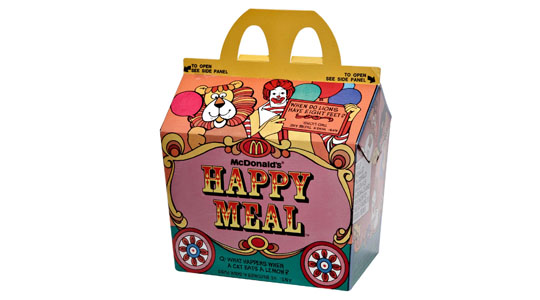
Happy Meals originated in Guatemala in the mid-1970s. Yolanda Fernández de Cofiño—married to José María Cofiño, owner of all McDonald’s franchises in the country—created the “Menu Ronald” for children, which included a hamburger, small fries and a sundae. It was such a hit that McDonald’s management in Chicago jumped on the chance to develop it into a fully branded idea. Bob Bernstein envisioned a small box, made to look like a lunch pail with golden arches for handles. His creative team ran with the idea, and in 1977, the Happy Meal was born.
It became one of McDonald’s signature offerings, becoming instantly recognizable and forever unforgettable in the minds of children and adults alike. In 1987, Bernstein was gifted with a full-size bronze replica of the Happy Meal box. Now that’s iconic packaging.
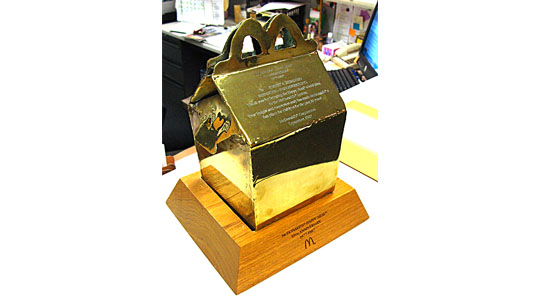
Promotional Happy Meals

One of the smartest marketing moves McDonald’s made is using the Happy Meal as a vehicle for movie and TV show tie-ins. Starting with the very first Star Trek movie in 1979 (and calling it the Star Trek Meal), it’s been constantly branded with promotional materials ever since. Angry Birds, Shrek, Jurassic Park and countless other movies and entertainment properties have graced the Happy Meal box since its introduction over 40 years ago. Even today, people anticipate seeing what artwork, toys and offers each new partnership will bring.
Seasonal Happy Meals
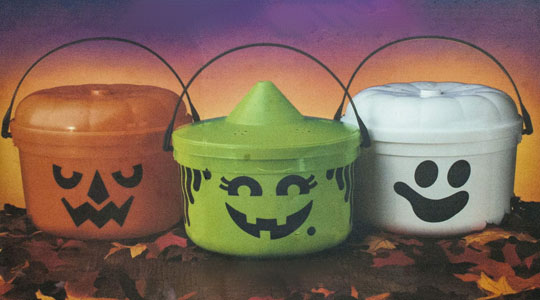
This one probably makes everyone the most nostalgic. In one of the most original and memorable alterations of the Happy Meal, McDonald’s released Halloween Happy Meal Pails in pumpkin shapes starting in 1986. Once kids were done chowing down, they’d be able to use the pails for trick-or-treating. In 1989, they altered the line-up to a pumpkin, a witch and a ghost. Over the years, these pails would be used for other seasons, and other properties, like the Minions. As with all their marketing tactics with the Happy Meal, this was a smart move, creating even more demand—and creating highly-sought after memorabilia.
Fun Fact: The 3 pumpkins available in the original line-up were named McPunk’n, McBoo and McGoblin. McWitch and McGhost were added soon after.
Toy Happy Meals
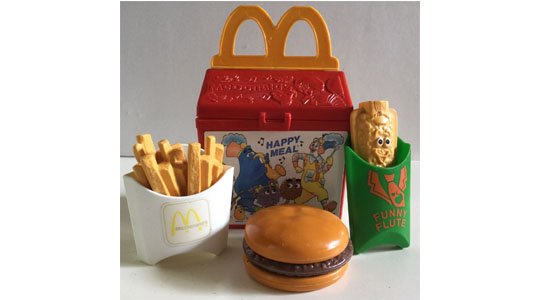
Who doesn’t remember playing with plastic versions of McDonald’s food in our play kitchens? Some of our earliest memories of playing around, spent imitating our parents cooking and eating, are forever tied to McDonald’s Happy Meals. It was yet another smart way to reinforce the brand. Not only was there plastic food, there were transformers made to look like Happy Meal boxes and the food inside. Costumes made to look like employee uniforms were easy to find, and kiddie versions of drive-thru windows were created to usurp the standard kid-sized kitchen. You’d be hard-pressed to find anyone who didn’t play with McDonald’s or Happy Meals toys at some point in their youth. Iconic packaging. Iconic playtime.
Some packaging never finds its footing. Some is successful only through abrasive repetition. And some, like the McDonald’s Happy Meal, becomes an unshakable part of our worldly experiences. We think that makes the Happy Meal a brilliant example of iconic packaging. Do you consider any specific packaging to worthy of the iconic packaging mantle? Be sure to let us know. We’d love to showcase it!

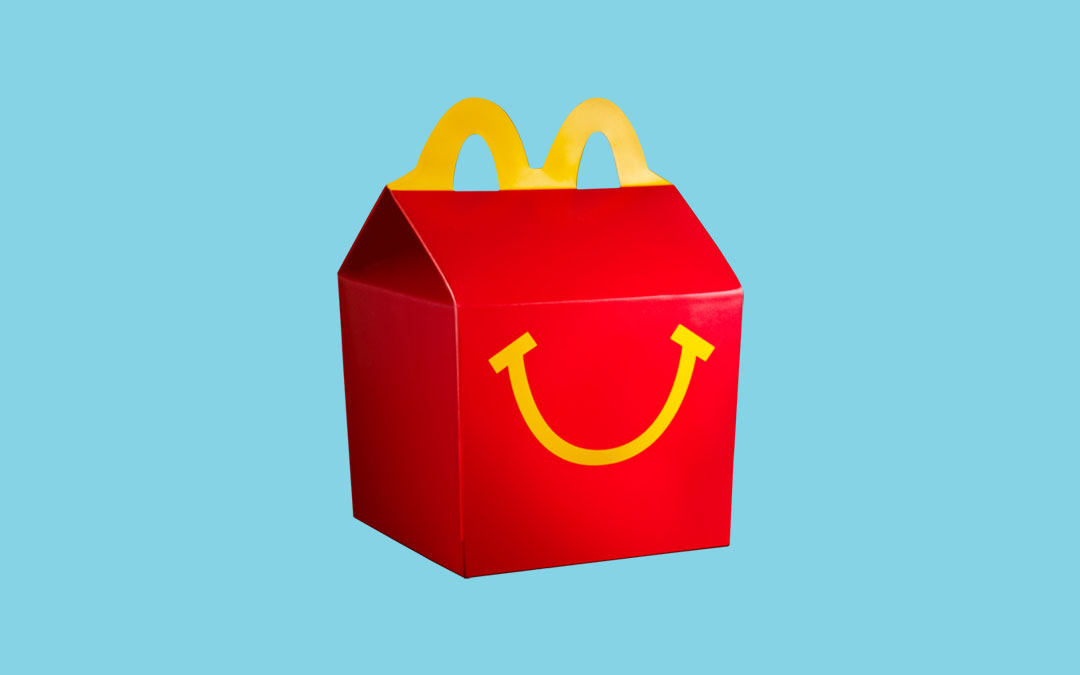



Hi Emmanuelle!
Contact customerservice@thepackagingcompany.com and let’s see what we can do, thanks!